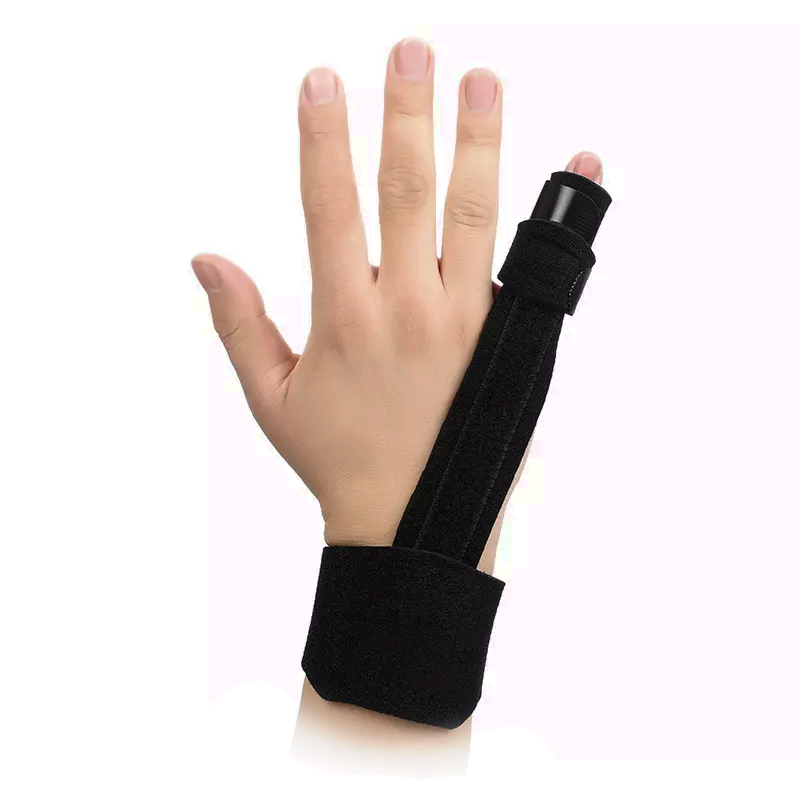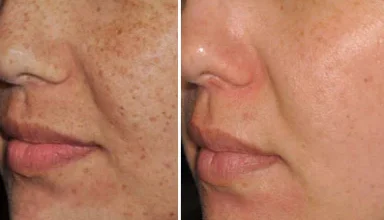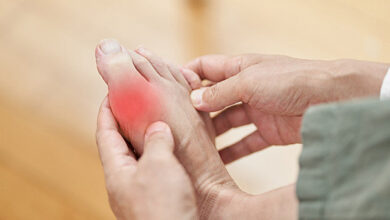If you experience joint instability or joint hypermobility in your finger joints, daily tasks can become difficult. Pain, weakness, and lack of control can make even simple activities a struggle. Finger splints, a type of medical device, provide a simple and effective way to support and stabilise your joints, helping you regain comfort and confidence in your hands.
What Causes Joint Instability and Hyperextension?
Joint instability happens when the structures that support your specific joints, such as ligaments and tendons, become weak or overstretched. Hyperextension occurs when a joint bends backward beyond its normal range, which can lead to severe pain, stiffness, and long-term damage.
Common causes include:
Ehlers-Danlos syndrome (EDS) – A connective tissue disorder that affects joint stability.
Rheumatoid arthritis – Conditions like osteoarthritis and arthritis weaken joint structures.
Injuries – Dislocations, fractures, or ligament damage can reduce joint strength.
Overuse – Repetitive movements, such as typing or gripping, can strain finger joints over time.
How Finger Splints Help
Finger splints are designed to provide support, limit excessive movement, and protect your joints from further damage. Wearing a well-fitted splint can help in several ways:
1. Preventing Hyperextension
Splints restrict movement, stopping the joint from bending too far backwards. This protection is crucial for those with conditions like Ehlers-Danlos syndrome, where joint hypermobility can easily overstretch and cause severe pain.
2. Providing Stability
A splint reinforces weak or damaged joints, allowing you to use your hands with greater control. Certified hand therapists and occupational therapists often recommend finger splints to help people maintain function in their daily lives. This can make everyday activities like:
- Writing
- Cooking
- Using a keyboard
- Holding a phone
- Playing an instrument
Much easier and less painful.
3. Reducing Pain and Fatigue
By supporting your joints, a splint takes pressure off overstretched ligaments and tendons. This can help with pain reduction and prevent your hands from becoming tired too quickly.
4. Encouraging Proper Joint Alignment
Wearing a splint can help train your finger joints to stay in a healthier position. Over time, this can prevent further joint issues and improve overall joint health. For those who struggle with their fingers resting in a bent position, splints can maintain a more functional alignment.
Types of Finger Splints and Their Uses
Choosing the right finger splint depends on your condition and specific needs.
💡 Common types of finger splints:
Oval Splints – Designed to prevent hyperextension by restricting excessive movement. These are often recommended for conditions like Ehlers-Danlos syndrome and rheumatoid arthritis.
Silver Ring Splints – A discreet, stylish option that supports weak finger joints while maintaining a natural look. These are commonly used for arthritis-related instability.
Mallet Finger Splints – Used for injuries where the tip of the finger droops due to tendon damage, helping the joint heal in a straight position.
Buddy Splints – Bind two fingers together to stabilise an injured finger, often used for sprains or fractures.
If joint pain or instability makes daily tasks challenging, Arthro-Eze Splints offers splints designed to provide gentle support and stability.
How to Wear a Finger Splint Correctly
To get the most benefit from your splint, follow these simple steps:
✔ Ensure a snug but comfortable fit – It should provide joint stability without cutting off circulation.
✔ Position the splint correctly – It should support specific joints without restricting necessary movement.
✔ Wear it at the right times – Some people wear splints daily, while others only need them during activities that strain their finger joints.
✔ Keep your splint clean – If your splint is waterproof, simply wash it with soap and water. Otherwise, wipe it regularly to maintain hygiene.
Troubleshooting: Common Concerns with Finger Splints
If you’re new to wearing a ring splint or silver ring splint, you might have some concerns. Here’s how to address them:
💭 “My splint feels too tight—what should I do?”
- Your splint should be snug but not painful. If it leaves deep marks, try a slightly larger size or a different material.
💭 “Can I still bend my finger with a splint?”
- It depends on the type of splint. Some allow partial movement, while others are designed to fully restrict hyperextension.
💭 “How do I know if I’m using the right size?”
- A certified hand therapist or occupational therapist can help you find the best fit. Alternatively, look for splints available in multiple custom-fit sizes.
Alternative Treatments That Support Finger Splints
While finger splints provide essential support, they work best when combined with other joint health strategies:
1. Hand Strengthening Exercises
- Simple exercises can improve muscle tone around weak joints, reducing joint instability.
- Examples: Squeezing a soft ball, finger lifts, or resistance band stretches.
2. Stretching Techniques
- Gentle stretches can increase flexibility while preventing further damage to the joints.
3. Heat and Cold Therapy
- Heat packs help relax tight muscles and improve blood flow.
- Cold packs can reduce inflammation and swelling after activity.
Living with Finger Splints
Wearing a ring splint or silver ring splint regularly can make a big difference in how your hands feel and function. At first, you may need time to adjust, but most people find that splints quickly become part of their routine. They allow you to move with more confidence, knowing your finger joints are protected.
If joint instability or hyperextension affects your daily life, a high-quality finger splint can provide the support you need. With the right splint, you can protect your joints, reduce pain, and improve your hand function—helping you stay active and independent.
Final Thoughts
Finger splints are a simple but powerful solution for joint instability and hyperextension. They provide support, stability, and pain relief, helping you continue daily tasks with greater comfort. If you’re unsure which splint is best for you, a certified hand therapist or occupational therapist can guide you in choosing the right fit for your needs.





